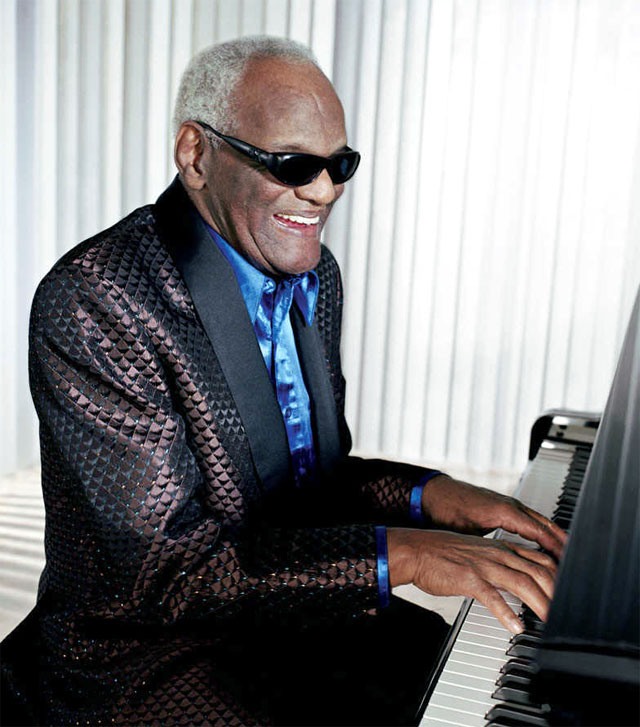
With a grant for the Florida Bureau of Historic Preservation, the Town completed the reconstruction of the house in 2008. Charles is a contemporary American painter whose work explores historic African American stereotypes from the. In 2006, the Town of Greenville purchased the structure to preserve the memory of Ray Charles. Because of advanced deterioration, the abandoned house was scheduled for demolition.

RAY CHARLES JR WINDOWS
A fireplace in one of the four small rooms provided warmth, and open windows and doors allowed breezes to cool the house. Meals were prepared on a wood-burning stove. It had no electricity or indoor plumbing. The modest wood frame vernacular house he grew up in was probably constructed in the 1920s. At age seven, Ray's sight failed and he was sent to the Florida School for the Deaf and Blind in St.

Ray and his mother later moved into a small house behind the cafe. Ray Charles Robinson was born on September 23, 1930, to Bailey Robinson and Aretha Williams.

"RC," as Ray was known by his friends, received his first piano instruction from Wiley Pitman, owner of the nearby Red Wing Cafe. Shortly after his birth in 1930 until about the age of five. " This house is a reconstruction of the home where musician Ray Charles (1930-2004) lived with his mother, Aretha Williams, and adopted grandmother, Margaret "Muh" Robinson. The home was restored and a Florida historical marker placed in front of the house in 2008. The childhood home of famous musician Ray Charles is in Greenville, Florida, USA. This marker is located on Ray Charles Road formerly(Western Ave)Greenville, FL. And when he got behind that piano and began to sing wow! It was just impossible not to be moved by music that powerful.Ray Charles Childhood Home Marker, Greenville FL To me, at least, he was always very warm, very welcoming. He could sometimes seem cool, calculating, even ruthless in his dealings with people, but part of that was a way to make sure he wasn’t being cheated, or taken advantage of.

“The music, the travel, his love life which was definitely complicated. “I was amazed at how he was able to exercise so much control over so many aspects of his life,” Bill Ray said. Here, presents a selection of Ray’s photos many of which never ran in LIFE magazine that reveal a Ray Charles most of us have never seen. LIFE photographer Bill Ray spent a solid month with Charles during this pivotal time in the singer’s career, chronicling performances at celebrated venues like Carnegie Hall as well as hanging out with the legend in the studio, backstage at concerts and on the road and in the air between shows. (He’d been arrested for possession for the third time in 1965, and agreed to rehab in order to avoid jail time.) After getting clean he reemerged with hits like “I Don’t Need No Doctor,” “Crying Time” and other songs in various genres, including blues-inflected country, that revealed his powers as an entertainer to be not merely undiminished, but perhaps stronger than ever. In 1966, Charles’s career was on the rebound after a forced hiatus in rehab the previous year for his longtime heroin addiction. A prodigious pianist, soulful songwriter and vocalist of astonishing range and power, Charles transformed the pop-culture landscape with his melding of gospel, blues and R&B music during the 1950s. In July 1966, LIFE magazine published a story in which Frank Sinatra called Ray Charles “the only genius in our business.” Whether or not he was the only genius in show business is debatable but there’s no getting around the fact that the genius Ray Charles was one of the most influential American musicians in history.


 0 kommentar(er)
0 kommentar(er)
